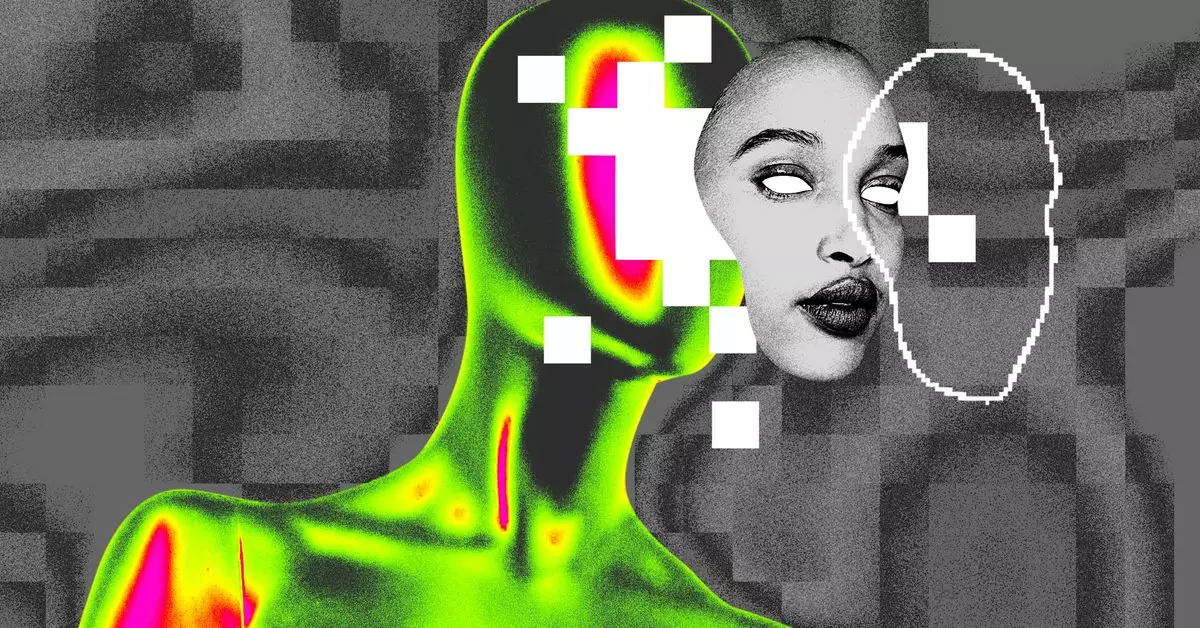In a world increasingly shaped by social media, the concern over mental health, particularly among teenagers, has sparked significant dialogue. TikTok, a platform synonymous with virality and creativity, is taking proactive measures to mitigate potential harms stemming from its extensive visual features. Recently, the app announced that it will impose age restrictions on some of its beauty filters, aiming to safeguard the mental health of its younger users.
The decision to restrict access to beauty-related filters for users under 18 emerges from growing evidence indicating that such filters can cultivate distorted self-images among young people. A report by Internet Matters, an organization dedicated to children’s online safety, emphasized this issue. The report revealed that many children struggle to distinguish between digitally altered images and reality. This inability often leads to heightened social pressures regarding physical appearance, fostering anxiety and self-esteem issues. By reducing accessibility to these filters, TikTok appears to be responding to the critical need for healthier online environments where youth can develop authentic identities.
In the forthcoming updates, TikTok plans to enforce restrictions solely on those beautifying filters that can subtly change a user’s appearance—such as enhancing skin texture or reshaping facial features. This targeted approach indicates an understanding of which features have the most significant influence on self-perception. However, whimsical or humorous filters, like those adorning users with animal ears, will remain accessible without age limitations. This delineation might be an attempt to maintain elements of fun and creativity that the platform is known for while prioritizing user well-being.
The efficacy of these measures will depend largely on their accurate implementation and the ability to communicate the changes transparently. By detailing what each filter does—including its specific alterations—TikTok can help users better appreciate the differences between digital enhancements and their unaltered selves. This transparency is crucial, as the nuances of digital manipulation can often elude discernment.
While the announcement was made during the European Safety Forum in Dublin, it is unclear whether these restrictions will extend internationally. TikTok has been contacted for clarification on the scope of these updates, with many users and advocates eager to see if similar changes will be adopted across different regions. Despite the unclear global rollout, the platform is already demonstrating its responsiveness to significant concerns regarding youth mental health and digital engagement.
In addition to age restrictions, TikTok is expanding its support resources in 13 European countries. This initiative aims to connect users reporting content related to suicide, self-harm, hate, or harassment with local helplines. Such measures reflect a commitment not only to surface-level changes but also to deeper community support, recognizing the importance of directing users toward help if they encounter harmful content.
Nonetheless, challenges persist, especially related to age verification. TikTok is presently exploring advanced machine-learning technologies to better identify users under the age of 13. This problem of accurately verifying age has long plagued social media platforms, highlighting the difficulty in enforcing age restrictions globally, especially given the digital sphere’s anonymity.
However, as TikTok announced, users who have their accounts flagged or deleted due to age discrepancies will have the opportunity to appeal. This step towards accountability indicates a sensitivity to users’ experiences and acknowledges the importance of fairness in content management. It is essential for platforms like TikTok to strike a balance between safeguarding younger audiences and maintaining an engaging user experience.
Christine Grahn, TikTok’s head of European public policy, aptly noted that safety and security is an ongoing journey rather than a destination. This sentiment resonates with the need for continual adaptation in response to user feedback and expert guidance. The mental health of young users is undeniably a priority, and TikTok’s efforts to implement these necessary changes establish a framework for other social media platforms to address similar concerns. As the social media landscape continues to evolve, the priority must always be the well-being of users, fostering a digital environment where authenticity flourishes alongside creativity.


Leave a Reply